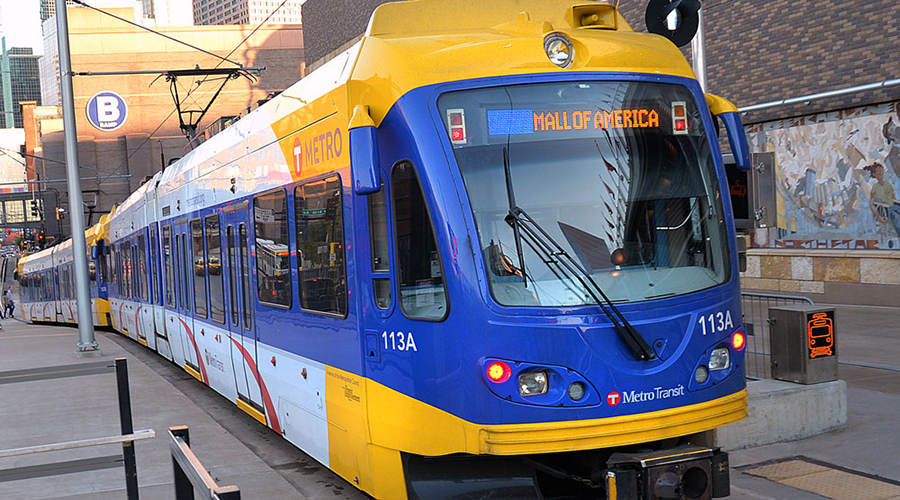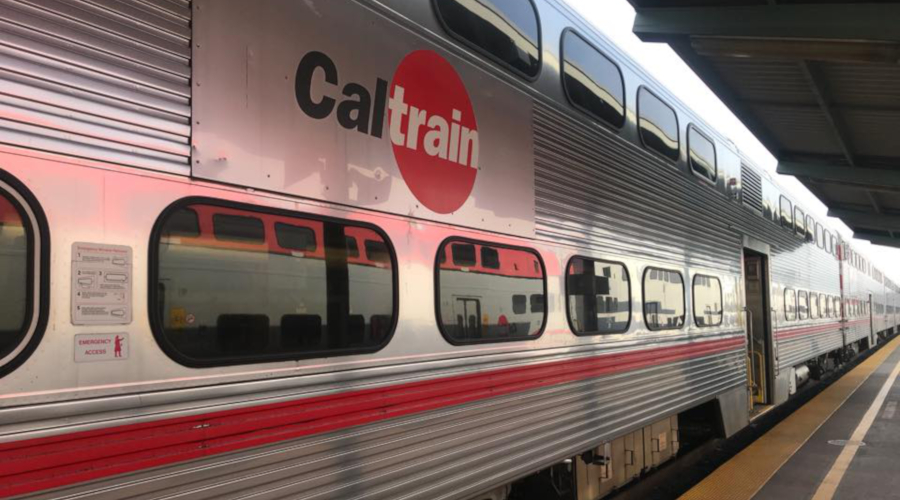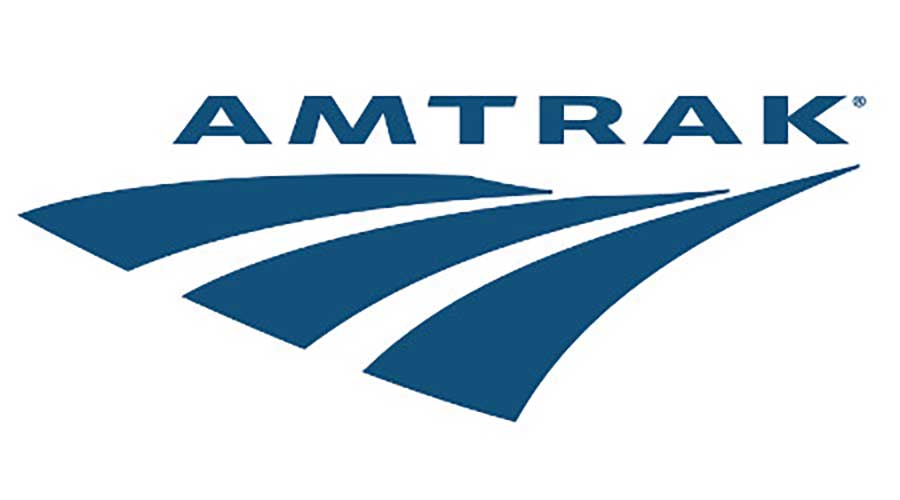Stay updated on news, articles and information for the rail industry
9/23/2014
Rail News: Shippers
Freight transportation markets remain strained, FTR says
The Shippers Conditions Index (SCI) in July fell 1.3 points from June's level to a minus-7.8 reading, reflecting tightening truck capacity and increasing contract pricing ahead of the fall shipping surge, according to freight transportation forecasting firm FTR.
The SCI is based on factors impacting the transportation environment for shippers. Any reading below zero indicates a less-than-ideal environment for shippers and readings below 10 signal that conditions are approaching critical levels, based on available capacity and expected rates, according to FTR.
Contract markets are beginning to show their first significant reaction to the driver shortage, which increasingly is impacting truck fleet capacity, FTR officials said in a press release. Spot rates remain high, as well. Due to forecasts of increasing labor and purchased transportation costs, the SCI is expected to remain in the current low range for the foreseeable future as long as freight growth continues, FTR officials said.
"Our numerous interactions with shippers, truck fleets and railroads only enhanced our conviction that the freight transportation markets remain strained. The silver lining is that the industry will be able to handle most of these challenges with only limited capacity shortages," said FTR Director of Transportation Analysis Jonathan Starks. "The downside is that truck rates are continuing to move higher and are unlikely to stop that momentum this year. Also, even though outright shortages will be limited, it will take even more work, and possibly delays, to get non-optimized loads moved."
For railroads, service issues and slow speeds likely will continue until winter, when volumes decline and they're finally able to add some crews, he said.


 LRW Honors Amtrak’s Acheson As Railway Woman Of The Year
LRW Honors Amtrak’s Acheson As Railway Woman Of The Year
 From Editor-In-Chief Foran: Of Gender Equity And Inclusion
From Editor-In-Chief Foran: Of Gender Equity And Inclusion
 Spotlight On Some Of Today’s Rail Safety Products
Spotlight On Some Of Today’s Rail Safety Products
 Women of Influence in Rail eBook
Women of Influence in Rail eBook
 railPrime
railPrime







